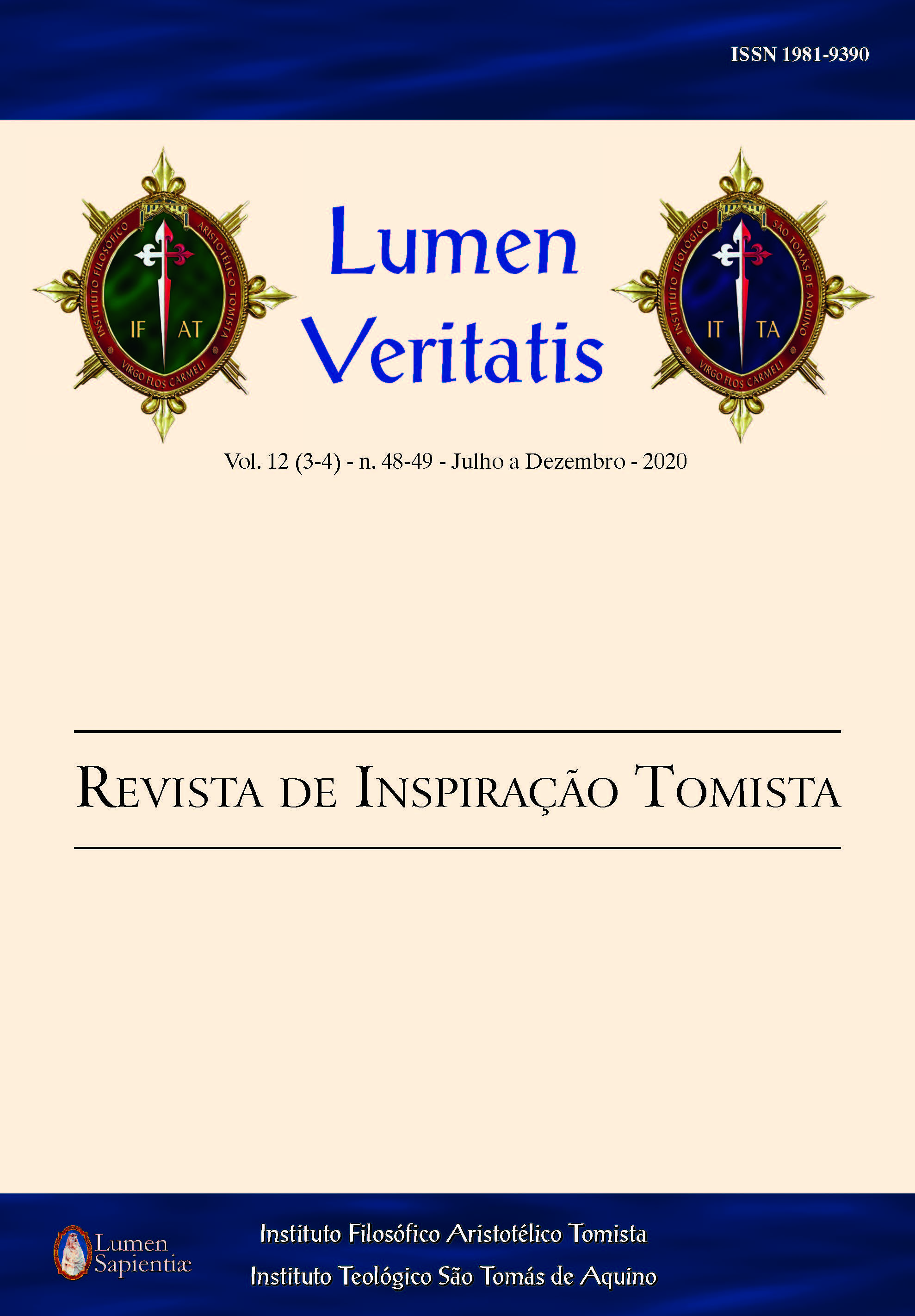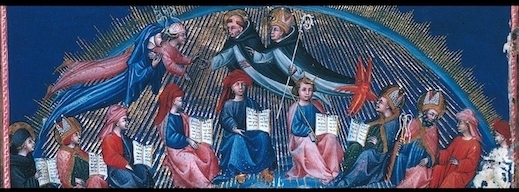Artigos mais lidos pelo mesmo(s) autor(es)
- Carlos Javier Werner Benjumea, Reflexões sobre a relação de arte e fé segundo Joseph Ratzinger , Lumen Veritatis - Revista tomista | Filosofia Teologia - Tomás de Aquino: v. 5 n. 21 (2012): Ano da Fé
- Carlos Javier Werner Benjumea, O carisma dos Arautos do Evangelho e a perspectiva moral do seguimento de Cristo , Lumen Veritatis - Revista tomista | Filosofia Teologia - Tomás de Aquino: v. 4 n. 17 (2011): Arautos do Evangelho: Reflexo~es sobre o carisma
- Carlos Javier Werner Benjumea, Italo Virgilio Francalanci. Grazia e relazionalità. La dimensione relazionale della grazia in san Tommaso d’Aquino , Lumen Veritatis - Revista tomista | Filosofia Teologia - Tomás de Aquino: v. 7 n. 28 (2014): Epistemologia Teológica
- Carlos Javier Werner Benjumea, João Scognamiglio Clá Dias. São José: quem o conhece? , Lumen Veritatis - Revista tomista | Filosofia Teologia - Tomás de Aquino: v. 10 n. 39 (2017): Miscelânea
- Melchor Cano, Carlos Javier Werner Benjumea, Sobre a utilidade da História humana para a Teologia , Lumen Veritatis - Revista tomista | Filosofia Teologia - Tomás de Aquino: v. 8 n. 32 (2015): Teologia e História
- Carlos Javier Werner Benjumea, Congregazione per la Dottrina della Fede. Sul Battesimo , Lumen Veritatis - Revista tomista | Filosofia Teologia - Tomás de Aquino: v. 10 n. 40 (2017): Miscelânea
- Carlos Javier Werner Benjumea, Felipe da Silva França, A Virtude da Humildade à luz dos ensinamentos de Plinio Corrêa de Oliveira , Lumen Veritatis - Revista tomista | Filosofia Teologia - Tomás de Aquino: v. 15 n. 58 (2023): Miscelânea
- Carlos Javier Werner Benjumea, Danilo César Cabral, A cooperação de São José na Redenção do gênero humano , Lumen Veritatis - Revista tomista | Filosofia Teologia - Tomás de Aquino: v. 14 n. 56 (2022): Miscelânea
- Carlos Javier Werner Benjumea, Marcelo Soares Teixeira da Costa, Considerações sobre a Doutrina Mística de Hugo de São Vítor , Lumen Veritatis - Revista tomista | Filosofia Teologia - Tomás de Aquino: v. 14 n. 57 (2022): Miscelânea
- Carlos Javier Werner Benjumea, José Luis Saavedra. Garabandal a la luz de la Historia. , Lumen Veritatis - Revista tomista | Filosofia Teologia - Tomás de Aquino: v. 13 n. 51 (2021): Miscelânea






